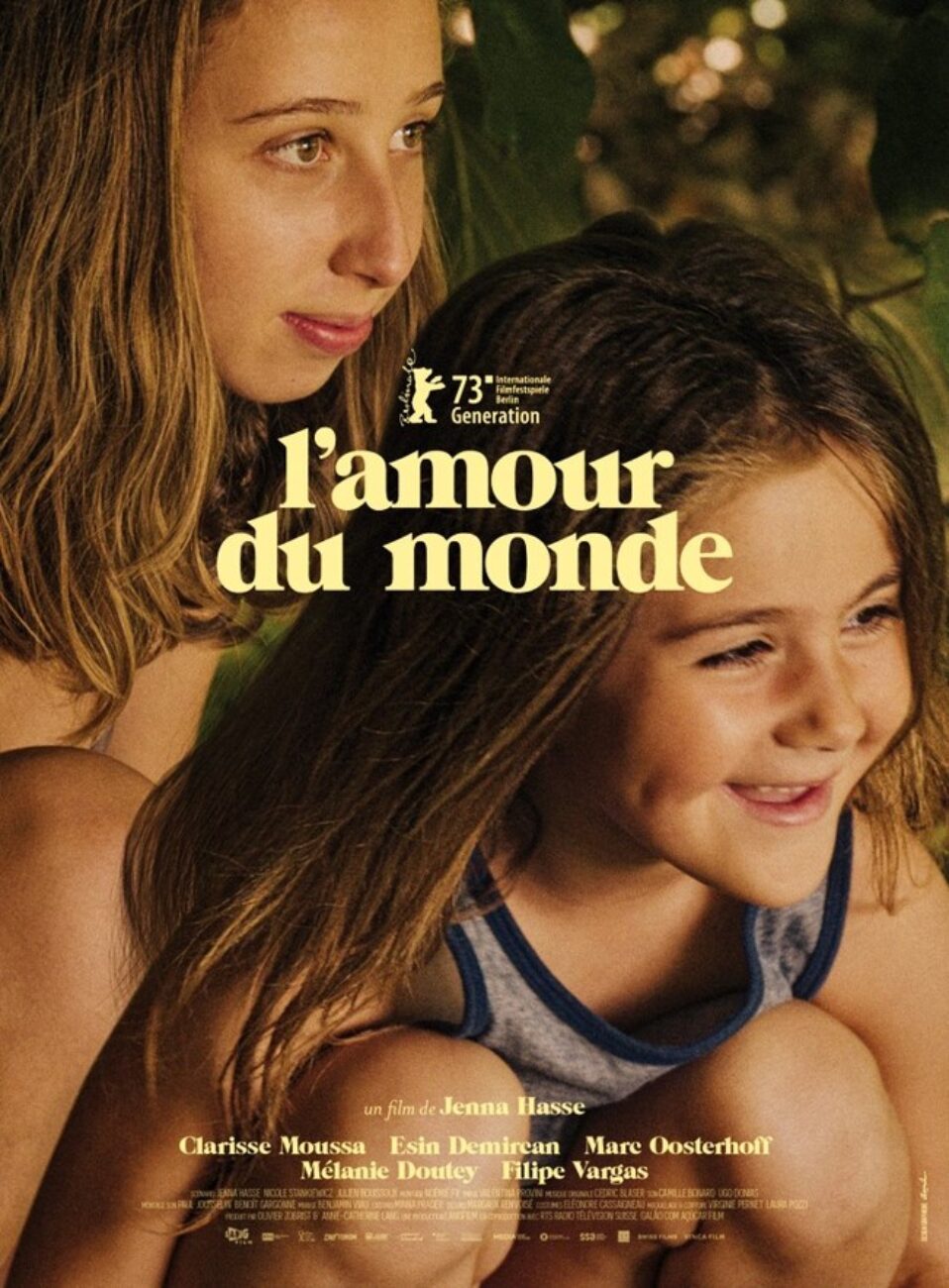The action of L’Amour du monde, which is probably contemporaneous with its writing (1924), is set in a quiet little town on Lake Geneva. Three events are about to disrupt the peaceful course of daily life. First, a cinema opens in the city hall, showing all kinds of fiction and documentary films every week. At the same time, Louis Joël returns from a five-year trip around the world and tell the children and café regulars about his experiences. The images he paints takes his listeners on a journey. Finally, an asylum inmate who thinks he is Jesus Christ wanders around town, recreating biblical scenes in the eyes of some locals ready to believe in him. These imagined or past worlds coexist with the real world, creating confusion for the villagers who find themselves caught in between reality and fiction. The novel takes on the appearance of a collective hallucination, with a tragic ending and a brutal return to reality.
Six months later, a card came from America; several more months had passed when a card arrived from China; finally, a last card, itself five or six weeks old, was dated Cape Town;—and then nothing.
L’Amour du monde, 1924
Caption
Poster for L’Amour du monde by Jenna Hasse, feature film freely inspired by C. F. Ramuz, 2023
RR
